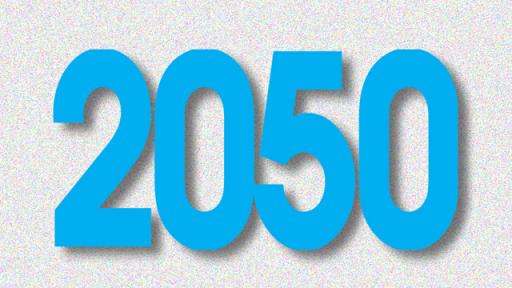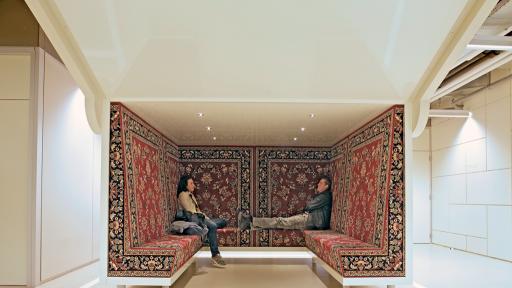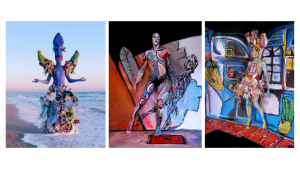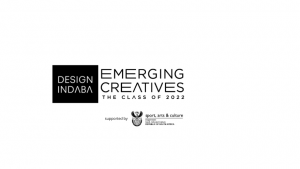Latest Video
Design Indaba invited five designers to look beyond the possibilities and predictions currently in the public domain. Futurefarmers, 5.5 designers, Dunne&Raby, Revital Cohen and Frank Tjepkema each created a unique vision of the year 2050 with increased urbanisation and population, limited natural resources, climate challenges and digital-biological integration. Defining farming as the sustainable cultivation of a renewable resource, Design Indaba presented Protofarm 2050 at the ICSID World Design Congress in Singapore from 23 to 25 November.
Farming is the primary source of the world’s food supply and, as a harnessed natural system, one of the few renewable production systems. Historically, farming and agriculture have been key in the rise of civilisation; the domestication of animals and plants have given people more free time for “higher” pursuits. However, as the cracks start to show, farming itself might need to be repositioned as the highest pursuit.
In 2009, 850 million of the world’s 6-billion still go hungry in a world that arguably produces enough food to feed everyone. Further, agriculture is responsible for 40% of human-made greenhouse gas emissions, half of which is from livestock farming – including the oil-grown grainfeed and methane flatulence. In fact, more calories of fossil fuel are used in industrialised farming than calories of food produced, while deforestation, tillage and overgrazing also release carbon from living and recently-living plants and organic matter. In terms of travel miles, the farm to fork distance has gone global, as consumers have come to expect exotic and out-of-season produce daily.
Large-scale corporate-owned industrialised farming has also caused concentrations of power at various points in the food chain, rendering the individual quite helpless. Although “political” food purchases are gaining traction the world over, the individual does not have the power to enable this shift. Politics govern farming and food accessibility more than commerce. For instance, it is predicted that it is better to build roads in Africa and access untapped agricultural land and rural farmers, than continue deforesting the already agriculture-intensive regions of India, Brazil and Mexico.
Over the next 40 years, a more environmentally friendly and efficient way to feed people must be developed to meet the needs of the 2050 world population, estimated to be 9.2-billion. Rising economies such as China and India will continue to place higher demands on lifestyle food choices such as meat and dairy, while the production of biofuels could reduce the amount of agricultural land dedicated to food. Climate changes also threaten to redistribute fertile and arid land, as well as put stress on the supply of fresh water.
Yet, by reviewing the notion of farming as primarily for food and sustenance, and adding environmental and energy resources into the equation, farming can form the basis of a sustainable globe. Instead of large-scale carbon emitting farms, small and medium-sized farms can be designed as self-sufficient, off-the-grid ecosystems. With organic methods, biochar activities and other farming techniques deployed, farms could in fact become carbon sinks rather than emitters. For instance, returning to the practice of feeding livestock on grass, reduces the methane output and allows for the manure to be used as fertiliser. More distributed and integrated farms would also increase food accessibility, while intra-urban farming areas would reduce food miles and offset urban environmental issues such as heat islands.
Covering this highly topical pasture of food, energy and resource security, Protofarm 2050 features five designers looking beyond the possibilities and predictions currently in the public domain. Based on a 2050 of increased urbanisation and population, limited natural resources, climate challenges and digital-biological integration, these unique design scenarios envision the sustainable cultivation of renewable resources.
Latest updates on Protofarm 2050
-
 Design Indaba News • 24 Nov 09
Design Indaba News • 24 Nov 09 -
 Design Indaba News • 3 Nov 09
Design Indaba News • 3 Nov 09 -
 Creative Work • 3 Nov 09
Creative Work • 3 Nov 09 -
 Point of View • 1 Nov 09
Point of View • 1 Nov 09 -
 Interviews • 1 Nov 09
Interviews • 1 Nov 09 -
 Interviews • 1 Nov 09
Interviews • 1 Nov 09










